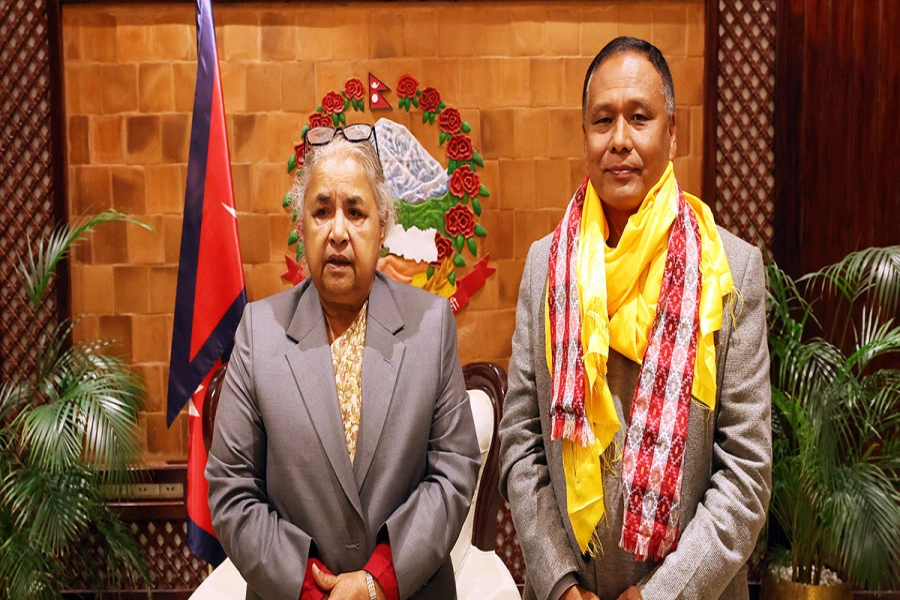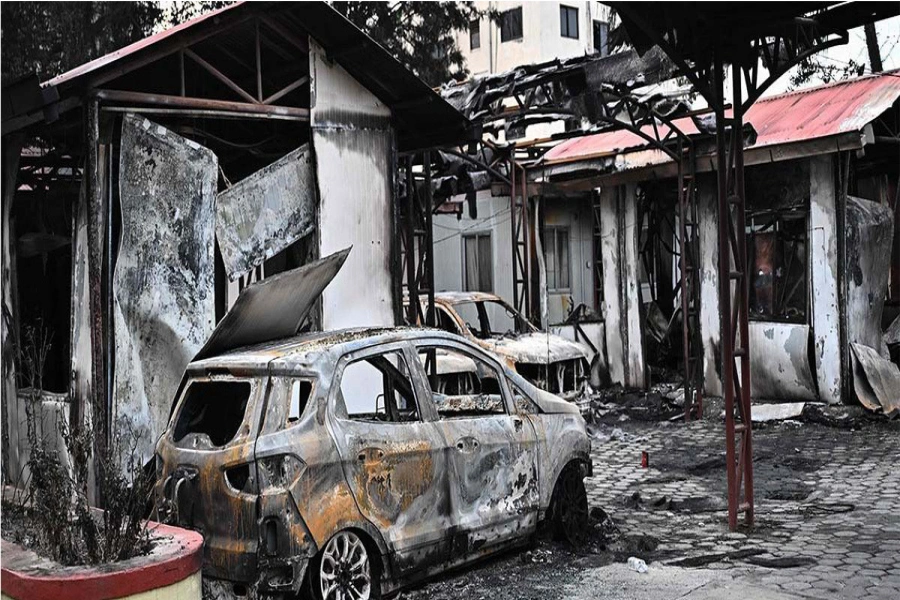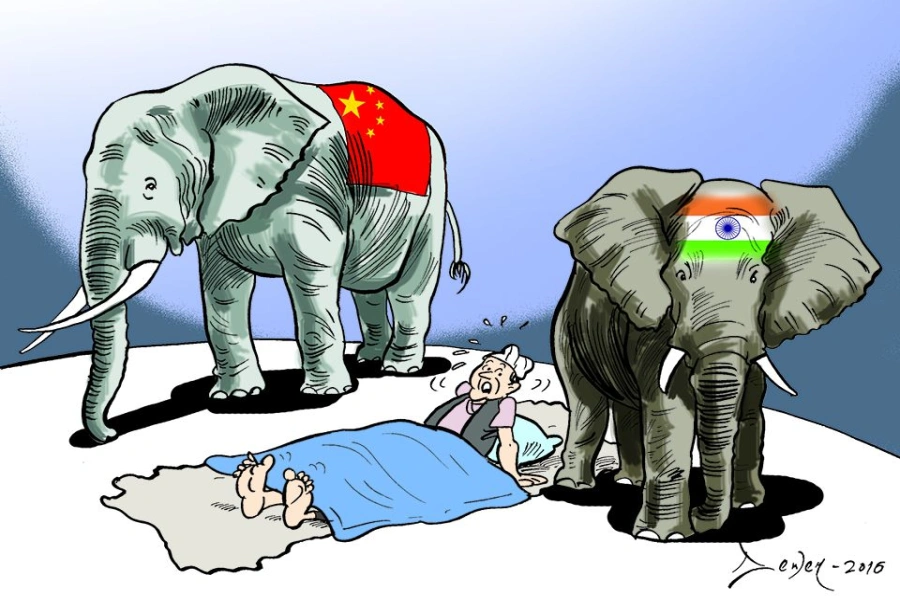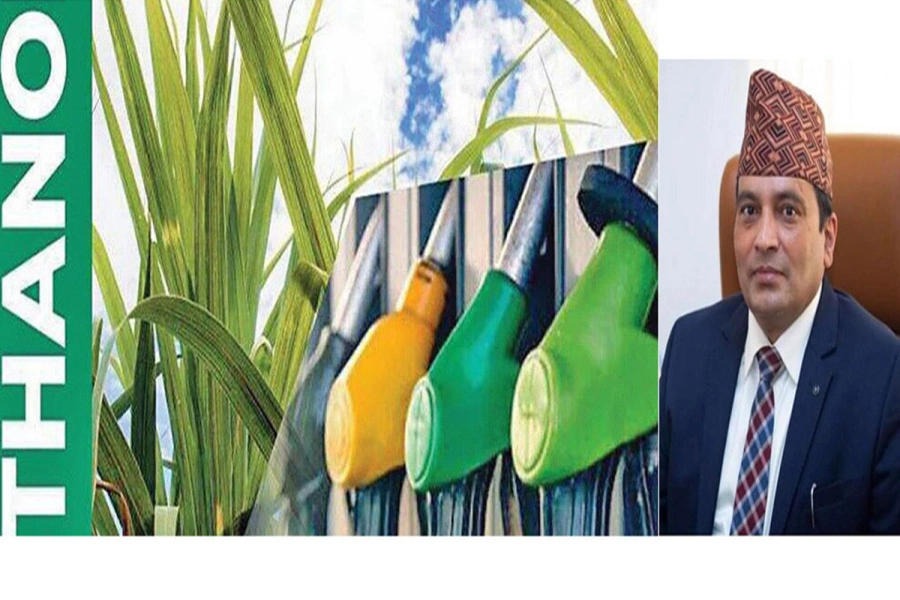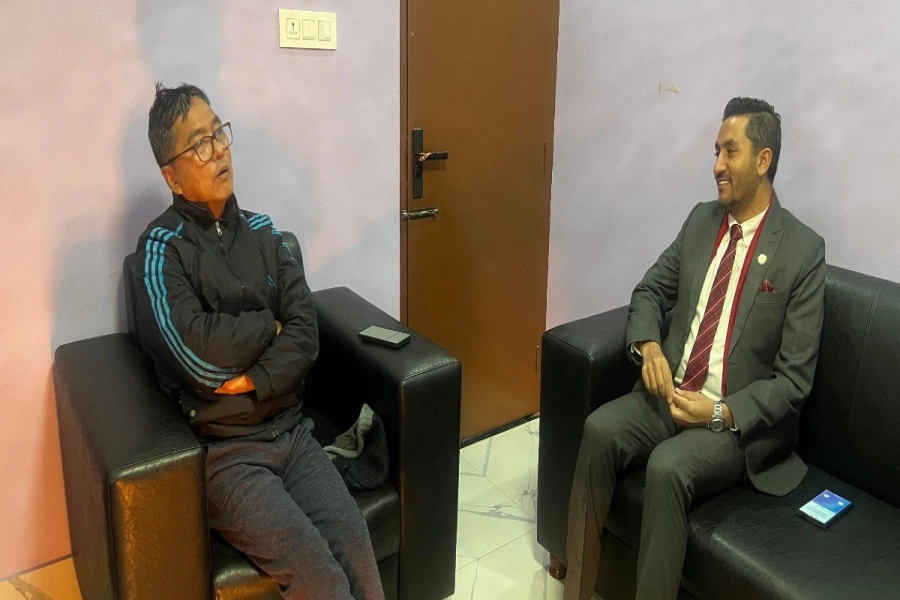Unhealthy nexus among politicians, senior bureaucrats and contractors to share kickbacks of the development project has remained a major hindrance in satisfactory completion of development projects in Nepal
An international expert on transport and highway engineering, after making a visit to major road infrastructures in Nepal, commented that there is no single stretch of road in Nepal that is worth of calling a highway. According to this expert, there are certain parameters for any road to be called highway which is determined on the basis of width of the road, engineering design, geometry, quality of pavement, and provision on safety of pedestrians, passengers and vehicles.
Nepal is still lagging in development of basic infrastructures like transport, energy, information and communication technology and drinking water services. These sectors are considered to be crucially important in order to trigger the development of other services like health, education, and tourism.
IME Group investing Rs 6 billion to construct 3.1 km Jalpadevi...

Being a mountainous country, development of transport sector is highly fixated on road transport. Prior to 1950, the facility of motor serviced road in the country was almost non-existent. By 1961, approximately 1,200 km of road were constructed which reached 7,330 km by 1990. Road development program got momentum after the restoration of multi-party democracy in the country and reached almost 71 thousand km by the end of 2018. This was attributed mainly to allocation of more resources from the center to the local level and the impulses of local government to develop road facilities to connect each community under their jurisdiction. The exponential growth of road expansion in the past two decades or so resulted in elevating the share of local roads to 81 percent in comparison to strategic roads that’s limited to 19 percent of the total road length. The expansion of fair weather road in the hills and mountains without proper design and standards has been a cause of growing road accidents and adverse environmental impact associated with loss of forest and occurrence of landslides.
Beyond road, air service remains the second important mode of transport, particularly in the hilly and mountain areas that are still inaccessible by road. Railway services in the country are just for namesake. Two short stretches of railway lines were developed during the Rana regimes, which were closed for a long time and a fresh start of railway services is now on the pipeline. Development of inland waterways and border infrastructures is the new initiative but the visible progress on these infrastructures is yet to be achieved.
Transport infrastructure is considered to be crucially important for linking the production pockets with the domestic and international markets. Such infrastructures should be integrated covering different mode of transport in a multi-modal fashion. The work plan for enhancing physical connectivity should be considered from three perspectives. First, need for upgrading and modernization of the physical facilities, second, application of information and communication technology by the agencies engaged in trade transaction and third taking up the task of re-engineering and simplification of the outdated and redundant procedures and documentation.
For the developing countries, there is big gap in resources required for infrastructural funding. The primary source of funding is the saving generated in the economy. In the Nepali context, total revenue collected by the government of Nepal is not sufficient to meet the regular expenditures required in all levels of governments, let alone creating an investment surplus. Hence, funding for development of infrastructures has to come from the foreign sources (debt and grant) or the mobilization of domestic or the foreign investment. Last year, government of Nepal allocated biggest chunk of budget in transport sector, followed by energy, drinking water and air transport and tourism. These altogether account for around six percent of the GDP. However, an Asian Development Bank study has suggested that in order to sustain growth and deal with the connectivity issues, south Asia needs to invest nine percent of GDP over the next 15 years. By all means Nepal’s public sector investment in transport is merely three percent which is far from the desired level of investment.
Transport projects are typically seen as risky due to long gestation periods, cost overruns during construction and completion delays. Bankable infrastructure projects are difficult to design due to their complexity. They require bulky and front-loaded capital expenditure, extensive, advanced planning and long lead times to generate cash flows to meet the project’s financial obligations. Hence, private sector investment in the transport sector seems less attractive in comparison to the energy sector which can provide lucrative business opportunities with relatively quick return.
In view of the limited capacity of the government, mobilization of external resources and private sector spending can be alternate sources of funding for development of infrastructures. Government should create incentive structures like viability gap funding, long term lease, tax breaks and business model of public-private partnership in order to bring into the private investment in the sector. Government policy should stimulate crowding in of the private investment in critical infrastructures.
One of the major bottlenecks in upholding and maintaining the quality of infrastructures is the rampant corruption and commissions doled out to the implementing authorities. The unhealthy nexus among politicians, senior bureaucrats and the contractors to share kickbacks of the development project has remained a major setback in satisfactory completion of the development projects in Nepal. Private sector investment is subject to improvement in the policy, institutional and regulatory reform and governance quality as the enabling condition for investment. Government should make conscientious effort in creating a conducive investment climate by taking a multi-pronged approach including the improvement in the score of internationally accepted performance indicators of doing business, logistics performance and global competitiveness index, espoused by the multilateral institutions.
The author is former commerce secretary of government of Nepal. Views are personal



